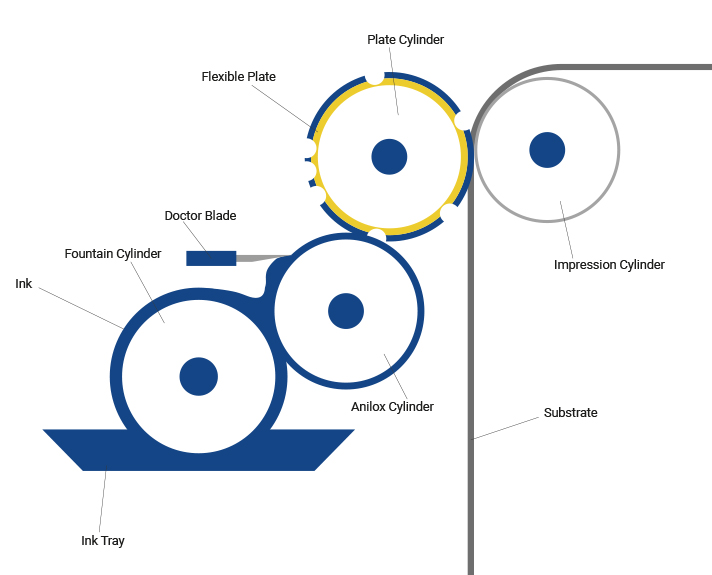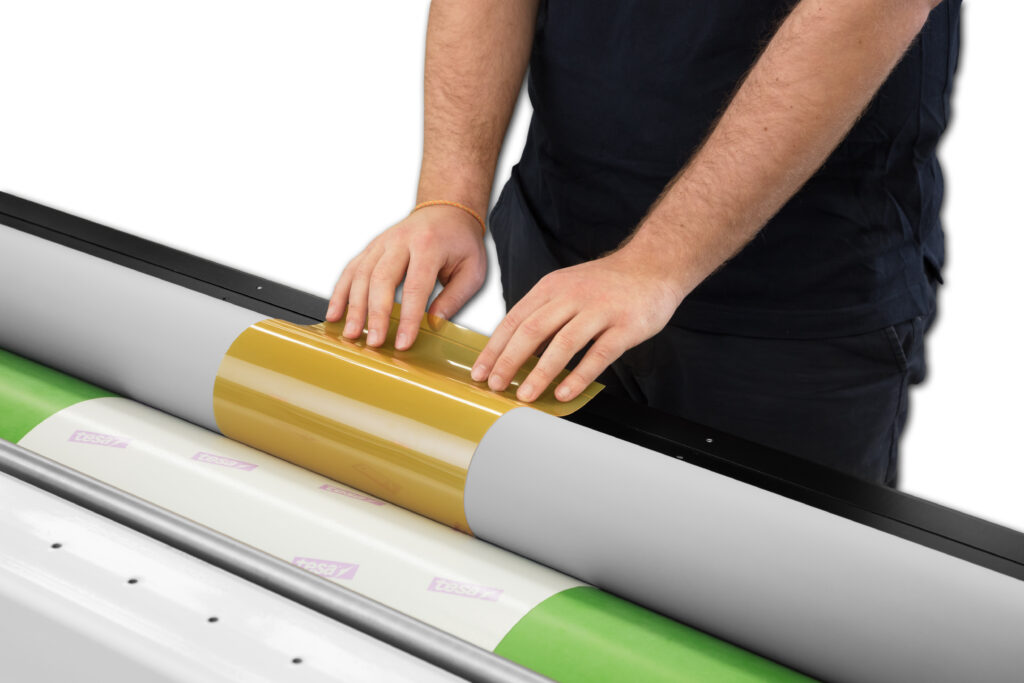What is flexo printing?
Flexo Printing: An Overview
Flexo printing, also known as flexography, is a printing technique that is used to print on a variety of materials, including paper, plastic, film, and more. It is a popular method for printing labels, packaging, and other types of printed materials. In this blog post, we’ll explore the basics of flexo printing and what makes it a unique and versatile printing option.
How Does Flexo Printing Work?
Flexo printing uses a flexible printing plate that is wrapped around a cylinder. The printing plate is made from a flexible material, such as rubber or photopolymer, and is etched with the desired design or image. During the printing process, ink is applied to the plate, which then transfers the ink to the material being printed. The material is fed through the printing press and the plate is rotated, allowing the ink to be transferred to the material in a precise and consistent manner.

Advantages of Flexo Printing
Flexo printing has several advantages over other printing methods. One of the biggest advantages is its ability to print on a wide variety of materials, including plastic, film, and paper. This makes it a popular choice for printing packaging, labels, and other materials that require a high-quality print.
Flexo printing is also a cost-effective option, as it requires lower upfront costs for printing plates and the press itself. In addition, the flexible printing plates are reusable, reducing waste and further lowering costs.
Another advantage of flexo printing is its ability to print high-quality images and designs. The flexible printing plates can be precisely etched, allowing for sharp and accurate prints. Additionally, flexo printing is capable of printing a wide range of colors, making it a great option for full-color printing.

Disadvantages of Flexo Printing
One of the main disadvantages of flexo printing is that it is not as versatile as digital printing. While flexo printing is great for printing on a variety of materials, it is not as effective for printing on a wide range of colors or for printing fine details.
Another potential drawback of flexo printing is the time required to set up and prepare the press. This can be a time-consuming process, especially if multiple printing plates are required for a single job.
Conclusion
In conclusion, flexo printing is a versatile and cost-effective printing method that is ideal for printing on a variety of materials, including paper, plastic, and film. Its ability to print high-quality images and designs, along with its lower upfront costs, make it a popular choice for printing packaging, labels, and other printed materials. While it may not be as versatile as digital printing, flexo printing remains an important printing method in the industry today.
